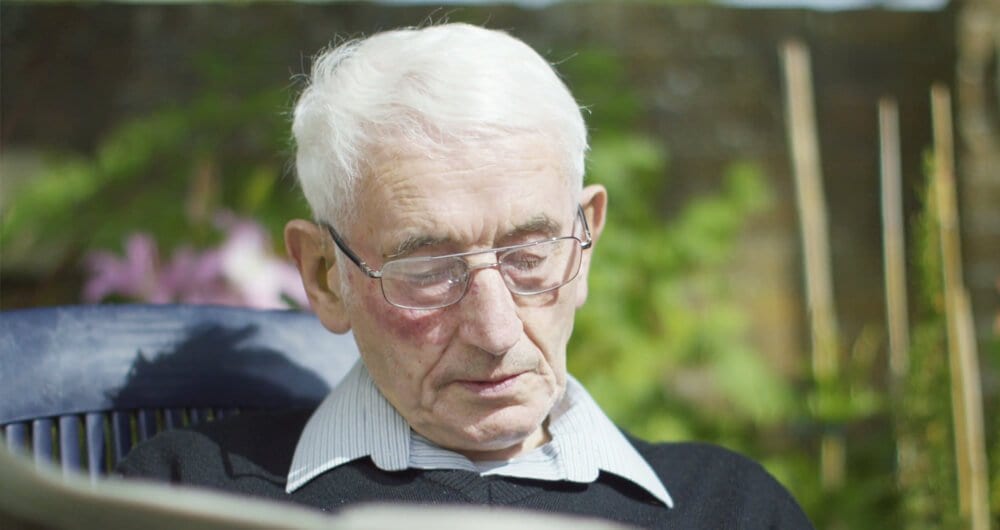
Parkinson’s Disease is one of the fastest growing conditions on the planet – to the extent that it’s been suggested that it will soon become a pandemic.
It’s reported that the number of people with the condition has doubled in the last 25 years, making it the world’s fastest growing neurological disorder.
Globally there are approximately 6.9 million people with Parkinson’s disease. It’s been predicted that by 2040, that number will increase to 14.2 million.
According to Parkinson’s Australia, 110,000 people may be living with Parkinson’s in Australia, with 32 new cases diagnosed every day.
Parkinson’s disease is even increasing at a faster rate than dementia and Alzheimer’s disease.
Professor Ray Dorsey, of the University of Rochester explained that “pandemics are usually equated with infectious diseases like Zika, influenza and HIV”.
“But neurological disorders are now the leading cause of disability in the world, and the fastest growing is Parkinson’s disease”.
Professor Dorsey co-authored the Global Burden of Disease study which found that neurological disorders are now the leading source of disability globally – and they show no signs of slowing down.
It’s been reported that up to 40 per cent of people with Parkinson’s disease in both the US and Europe don’t see a neurologist – highlighting the need for more awareness and accessible support.
Dr Bastiaan Bloem, from Radboud University Medical Center, says that with more “protests” and action towards Parkinson’s reasearch, great strides could be made in developing treatments – even going as far as comparing the proactive actions of HIV advocates.
“People with HIV infection simply demanded better treatments and successfully rallied for both awareness and new treatments, literally chaining themselves to the doors of pharmaceutical companies”.
“Today, HIV has become a treatable, chronic disease. This upcoming increase in the number of Parkinson patients is striking and frankly worrisome”.
Parkinson’s disease is a disorder of the central nervous system that affects movement. It occurs when there is damage to the nerve cells in the brain, leading to a decrease of dopamine, a chemical that is vital for the smooth control of muscles and movement.
The main symptoms of Parkinson’s disease include tremors or shaking – which usually begins in one arm or hand – muscle rigidity or stiffness, slowing of movement, stooped posture and balance problems.
It’s currently unknown what causes Parkinson’s, though it’s generally thought that multiple factors are responsible.
Genetics play a role, with a belief that certain genetic mutations increase the risk of developing the disease.
And environmental factors, such as toxins in the environment that may contribute to dopamine-producing neurons dying, could also contribute to the onset of Parkinson’s.
Though there is currently no cure for Parkinson’s disease, symptoms are managed by a combination of medications, changes to diet and exercise, modifications to a person’s physical environment and, in some cases, brain surgery.
What do you have to say? Comment, share and like below.
I was around 58 when my thumb started giving me problems. As time passed i had other symptoms; hand tremors, restless sleep, muscle weakness, cognitive decline, voice spasm, stiff achy right arm and ankle. At 60 i was diagnose of PARKINSONS DISEASE, i was on Carbidopa and Pramipexole for two years, they helped alot but not for long. As the disease progressed my symptoms worsened, with my neurologist guidance i started on natural alternative PARKINSONS DISEASE treatment from R.H.F. (Rich Herbs Foundation), the treatment worked very effectively, my severe symptoms simply vanished, i feel better now than I have ever felt and i can feel my strength again. Visit ww w. richherbsfoundation. c om. My neurologist was very open when looking at alternative medicines and procedures, this alternative parkinson disease treatment is a breakthrough.
I was diagnosed with Parkinson”s syndrome in may of last year. I had essential tremors since age 55. I have a stooped posture, right arm was not moving. I also have a pulsating feeling in my body. My legs tingle and they were cold.i was advised to give a try on Total cure herbal foundation herbal formula by my doctors which i truly did and the herbal treatment help me get rid Parkinson disease PD within the short period of 15 weeks usage,please do not hesitate to place an order from them at http://www.totalcureherbsfoundation.com because the herbal products relief me automatically and terminated all the symptoms.
I was diagnosed with Parkinson’s disease a year ago at the age of 67. For several months I had noticed tremors in my right hand and the shaking of my right foot when I was sitting. My normally beautiful cursive writing was now small cramped printing. And I tended to lose my balance. Neurologist had me walk down the hall and said I didn’t swing my right arm. I had never noticed! I was in denial for a while as there is no history in my family of parents and five older siblings, but I had to accept I had classic symptoms. I was taking amantadine and carbidopa/levodopa and was about to start physical therapy to strengthen muscles. Finally, I was introduced to Kycuyu Health Clinic and their effective Parkinson’s herbal protocol. This protocol relieved symptoms significantly, even better than the medications I was given. After First month on treatment, my tremors mysterious stopped, had improvement walking. After I completed the treatment, all symptoms were gone. I live a more productive life. I was fortunate to have the loving support of my husband and family. I make it a point to appreciate every day!